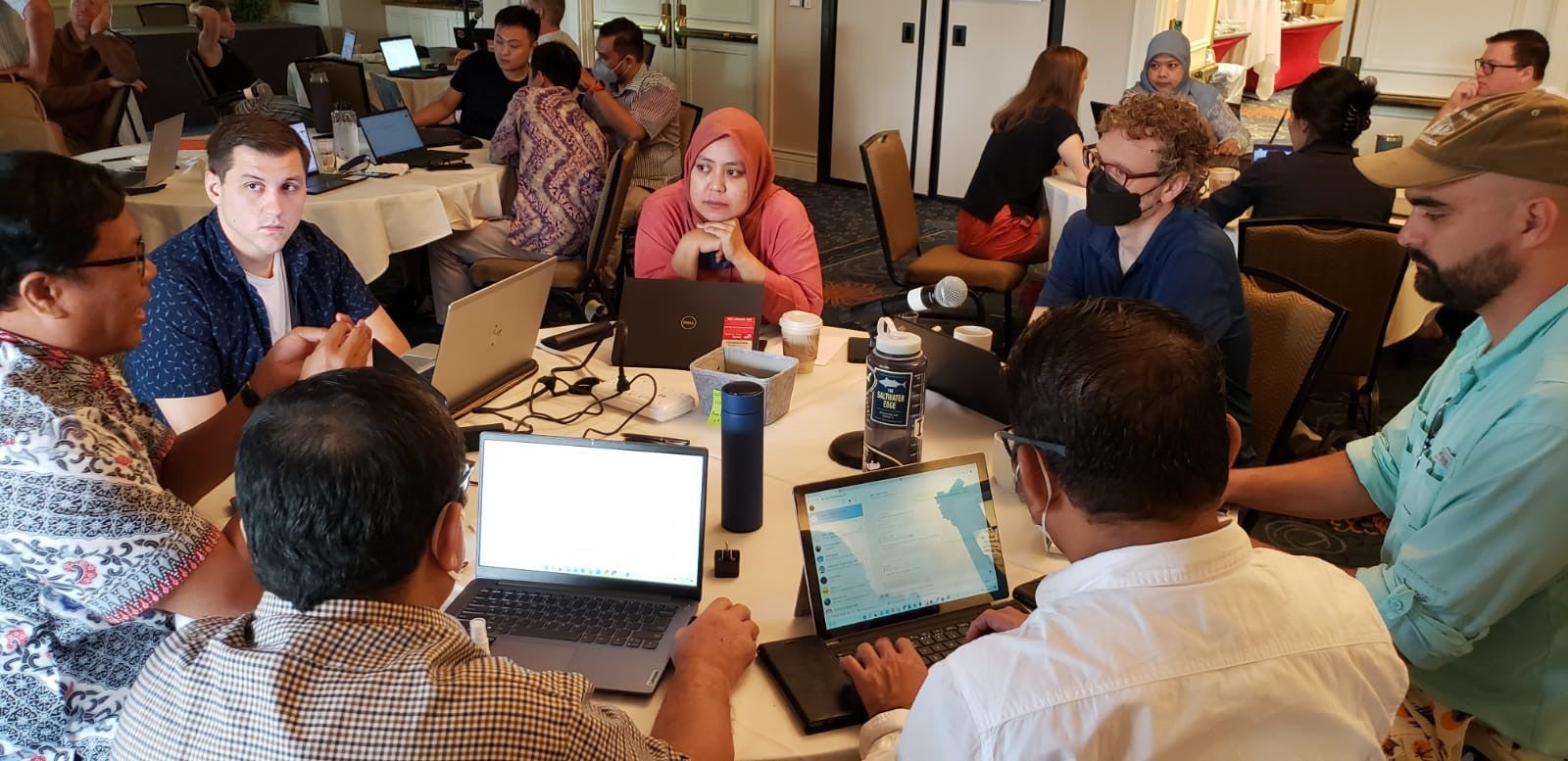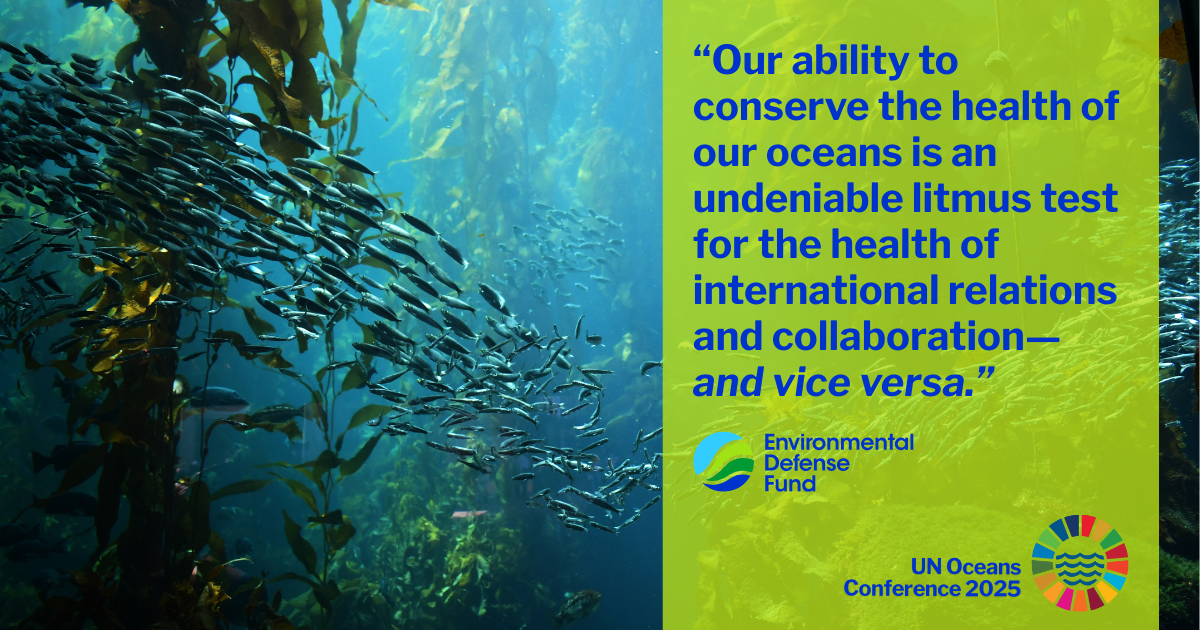Building international collaboration in a remote world: Finding the resilience within to build resilience in crustacean fisheries
By Jeff Young, Kristin Kleisner and Yong Chen
As climate change and overfishing continue to impact coastal communities worldwide, crustacean fisheries provide an opportunity for hope. Crustacean fisheries, consisting of species such as crabs, shrimps, prawns and lobster, provide a critical source of food, jobs, and income for coastal communities worldwide. These species tend to reproduce quickly and therefore have traditionally been considered more resilient to overfishing, which has contributed to crustaceans representing an increasing share of the global catch in many parts of the world. With overfishing and climate change continuing to pose threats to fisheries worldwide, crustaceans provide a critical opportunity for diversification and greater stability in livelihoods, assuming they can be managed well.
Yet, despite their current and future importance, the amount of attention and resources directed toward crustacean fisheries management has been limited relative to finfish management. Many crustacean fisheries lack the technical resources, science, management and governance capacity typically available to their finfish counterparts.
To provide a much-needed boost in the technical capacity available for assessing and managing these critically important stocks, EDF and Stony Brook University, with the generous support and guidance of the Lenfest Ocean Program, convened an international task force of crustacean fishery scientists and managers from China, Indonesia, the Philippines, and the United States in the summer of 2020: the Crustacean Task Force.
As we all know, 2020 brought about the global pandemic and heavy travel restrictions. However, this did not stop folks from connecting, collaborating and moving forward. Relying on skilled facilitation support and using the latest virtual collaboration technologies effectively, the Task Force was able to build connections and make significant progress in advancing approaches that could help develop the technical capacity available for crustacean fisheries management. The Task Force was also grateful to have the opportunity to convene one in-person meeting in the summer of 2022, where members gathered in sunny Honolulu, Hawaii, to summarize and synthesize the findings of their two years of collaboration.
What were the pathways and the keys to success in building international collaboration remotely?
Firstly, EDF and its partners made sure to design and facilitate workshops with the intention and a focus on the participant experience:
In the winter of 2020, EDF facilitated a kickoff workshop in which Task Force members from each country could share their current challenges, unique and shared experiences and priority needs related to crustacean science and fisheries management. This workshop helped to build a shared understanding of the context and situation in each of the four countries and to identify areas where experiences could be shared and applied further.
In the spring of 2021, EDF helped facilitate a second workshop to help identify where country-specific challenges could be addressed by the experiences of others, as well as identify opportunities for collaboration and research. The outcomes of the sessions helped the task force hone in and buy into shared research priorities, which formed the basis of the four projects conducted over two years. These projects included:
- Examining and contrasting various indicators used to track the health and performance of crustacean fisheries and identifying which performance indicators could be most suitable to the local context
- Identifying ways to overcome data gaps in the measurement of performance and to improve stock assessment methods
- Developing a size-structured stock assessment method that would be more suitable for and calibrated to crustacean fisheries
- Examining the suitability of current data-limited fisheries management frameworks and providing recommendations on how these frameworks might be adapted to better suit the unique biological characteristics of crustaceans
Projects 1, 2, and 4 were conducted across representative geographies and case study fisheries, whereas project 3 focused on mantis shrimp in the Bohai Sea, China.
Finally, in August 2022, it was safe for some participants to meet in person for the first time. In this synthesis workshop, conducted in a hybrid format in Hawaii to optimize the time zones of virtual participants, Task Force members were able to share preliminary findings for each project to reflect and identify overall conclusions and recommendations for moving from science into action through policy and on-the-water interventions. The team also discussed the next steps for this working group and a plan for communicating the findings more broadly with the global fisheries community.
In each workshop, we ensured opportunities to connect informally through icebreakers, social time, breakouts in smaller groups, and other mechanisms to build greater cohesion and connection.
Secondly, we were able to build project teams led by task force members and representatives of experts from each country to collaborate remotely:
Over a year project leaders worked virtually with their project teams utilizing tools like Google Documents, Zoom and Miro to advance progress on these research projects. Project teams were supported by regular project check-ins, as well as quarterly project report-outs to the broader task force.
Thirdly, the Task Force was able to stay connected to the global fisheries science community through webinars and other communications:
In parallel with the development and execution of the four projects, the Task Force also periodically hosted webinars to share updates and findings with a broader community of practitioners worldwide working in crustacean fisheries management and regularly authored blogs to share updates, news and findings.
What is next?
In the coming months, the working group will publish several reports and papers and share findings more broadly with the global community.
From this journey, we learned a few things at a high level. First, in order to build resilience in coastal communities and our ecosystems, we need to build resilience institutionally and in our scientific, social infrastructure. This working group is an excellent example of a Learning Network that brought together international experts to harness, connect, and channel learning to accelerate impact and improve outcomes for coastal communities worldwide. The project, the relationships and the network that was built along the way, can serve as a strong foundation and model for future international collaboration on not only crustacean fisheries management but broader topics as well, especially as our world continues to grapple with the increasingly complex and challenging threats from climate change. Secondly, we learned that people are resilient – most of the project was conducted remotely. Physical limitations did not stop this group from getting together online and doing great work, thanks to the thoughtful and meticulous user-centered design that stemmed from the initiative and energy of all the participants. Finally, we learned that there is hope for the future of crustacean fisheries, particularly if we can bring more focus and purpose to the science and management of these critical fisheries and the fishing communities that rely on them. Although the challenges are still complex, we are continuing to build the social infrastructure that is so critically needed to ensure a resilient and brighter future for all.













